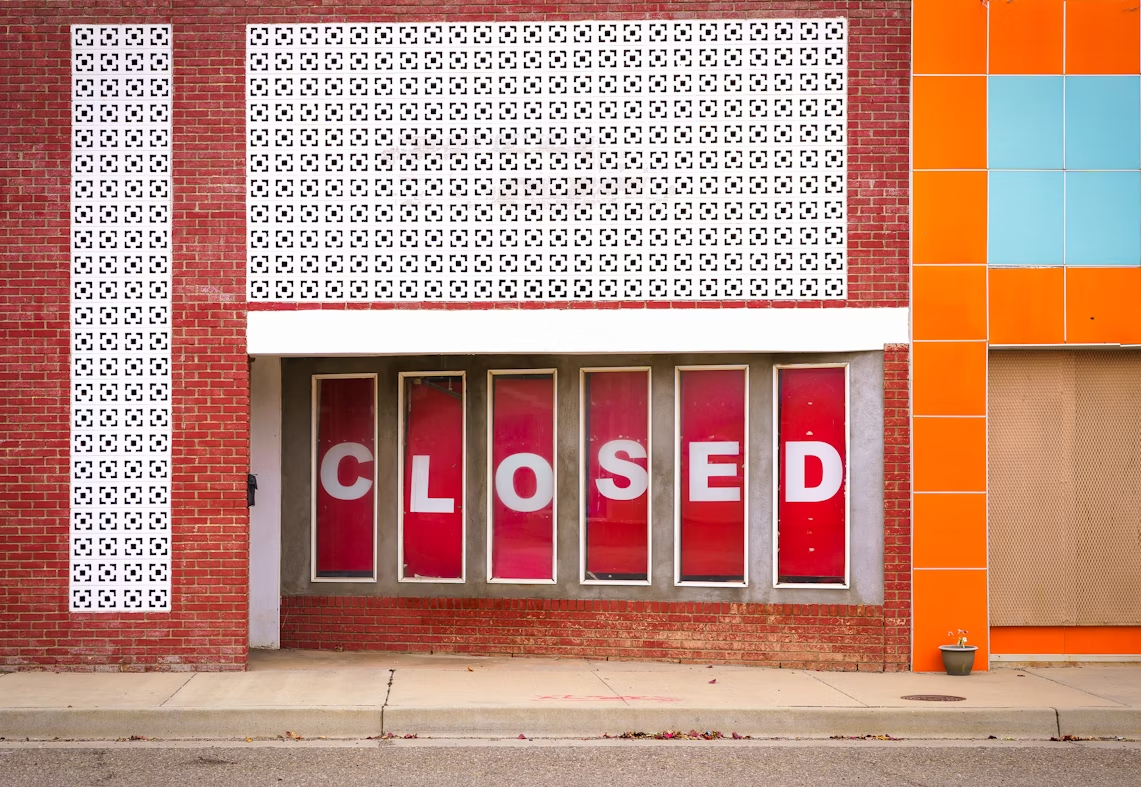Discount retailer 99 Cents Only Stores has announced it will permanently close all 371 of its locations, marking the end of a once-thriving brand in the dollar store industry. The decision comes after the company filed for bankruptcy earlier this year, citing unsustainable financial losses, rising operational costs, and changing consumer habits.
End of an Era for Budget Retail
Founded in 1982, 99 Cents Only Stores became a go-to destination for budget-conscious shoppers, offering household goods, groceries, and seasonal items at deeply discounted prices. However, despite its long-standing popularity, the retailer struggled to keep up with economic pressures and shifting market dynamics.
The closures add to a growing list of brick-and-mortar retailers struggling to survive in an increasingly competitive landscape. While discount chains have generally performed well during inflationary periods, 99 Cents Only faced challenges that proved insurmountable, including:
- Rising costs of goods and labor, making it difficult to maintain its low-price model
- Supply chain disruptions, leading to inconsistent inventory levels
- Increasing competition from discount giants like Dollar Tree, Dollar General, and Five Below
- Shifting consumer preferences, with more shoppers turning to e-commerce and big-box retailers
Liquidation Sales Underway
As part of its bankruptcy process, the company has begun liquidation sales at all locations, offering steep discounts to clear out remaining inventory. While this presents an opportunity for bargain hunters, the news is devastating for the thousands of employees who will be out of work as stores shut their doors for good.
The Changing Face of Discount Retail
Retail analysts say the downfall of 99 Cents Only underscores the challenges facing traditional discount chains. While inflation has driven demand for affordable goods, consumers are also prioritizing convenience, online shopping, and retailers that offer a broader selection of products.
Despite the collapse of 99 Cents Only, discount retail remains strong. Chains like Five Below, Aldi, and Dollar General continue to expand, proving that budget-friendly shopping is still in demand—but in a more modernized format.
The closure of 99 Cents Only serves as a cautionary tale for retailers unwilling or unable to adapt. As the retail landscape evolves, staying competitive requires more than just low prices—it demands innovation, efficiency, and a deep understanding of shifting consumer behavior.


